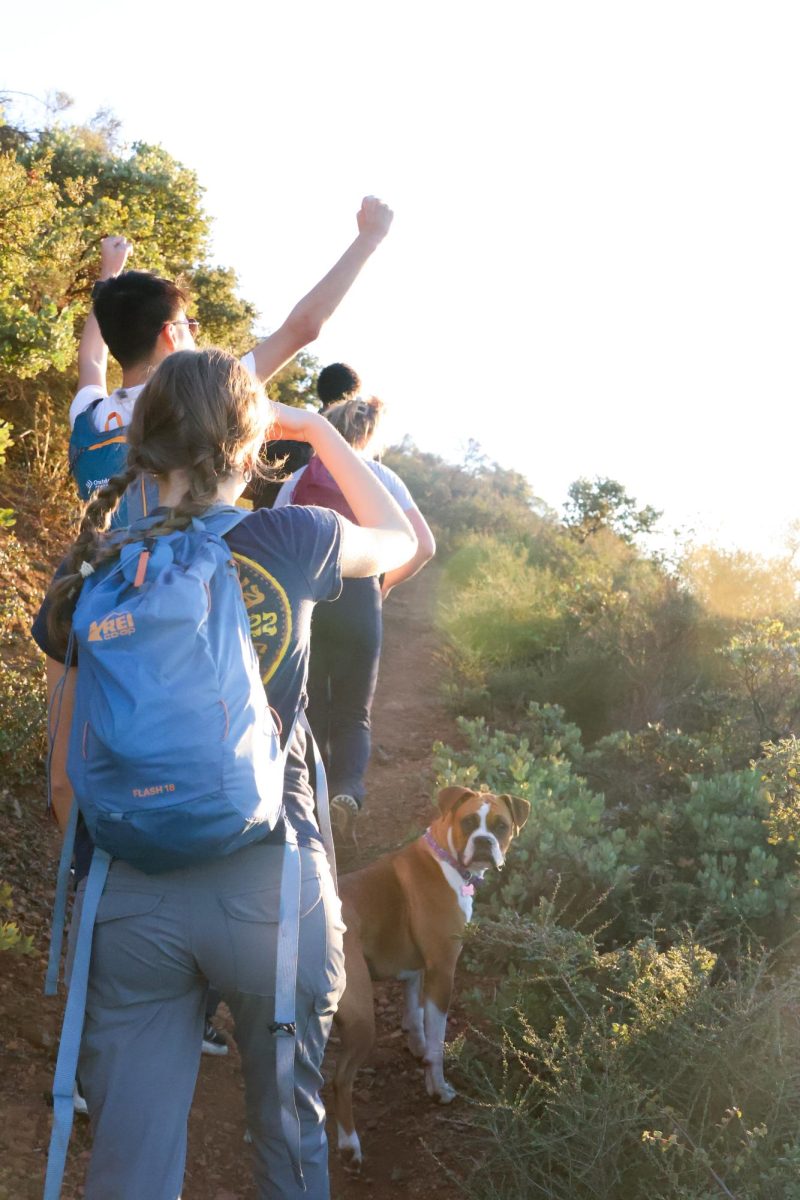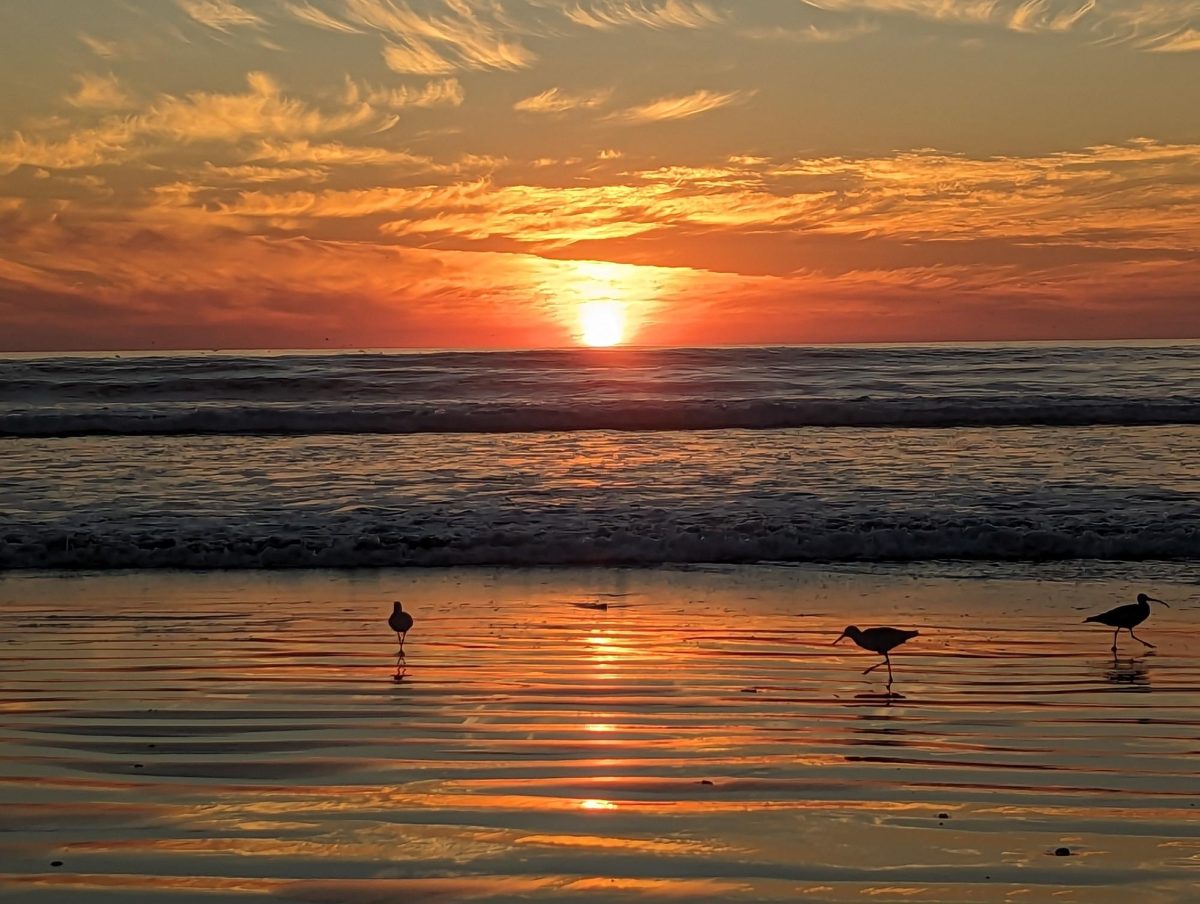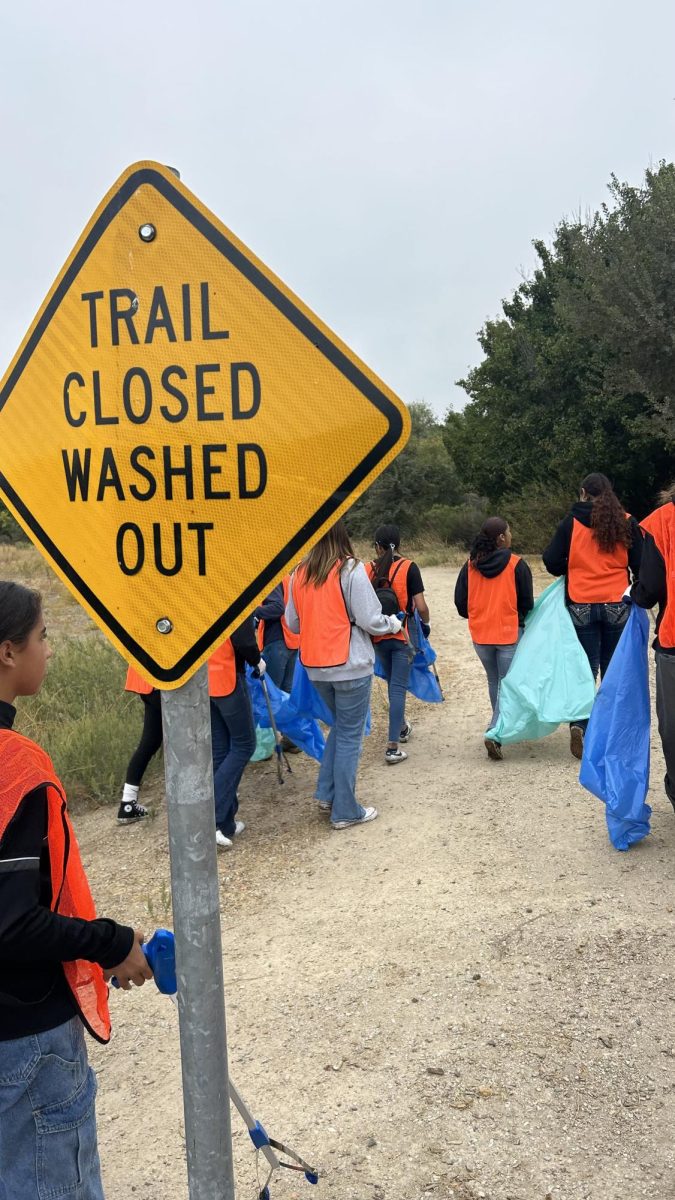Congress aims for biggest NPS budget cut since World War ll
Millions of travelers, nature lovers, students, scouts, and more visit national parks every day. These experiences are enhanced by visitor services, protective acts over park land, and hundreds of staff members. With President Trump’s National Parks Service (NPS) budget proposal for 2018, staff will be cut, protective measurements will be lessened, and visitor services will be limited, as the proposed budget would cut about 380 million dollars and 1,250 staff members from national parks across the U.S. These budget cuts would also eliminate funding for the National Heritage Area program and Great Lakes Restoration Initiative, and opportunities for local input and environmental review of energy development near national parks and other sensitive areas, to name a few. With these cuts, parks face vulnerability to development within their boundaries, the lack of protection of their natural resources, and limitation of visitor services.
“What Trump doesn’t understand is how vital the natural world is for all of us,” said Senior Jeneva Putman, Vice President of Wilderness Club and GEO student.
This is not the first time U.S. national parks budgets have been cut. In 2011, more than 100 million dollars were slashed from the parks’ 2.75 billion dollar budget. For this year’s budget, the National Parks Service (NPS) requested 2.6 billion dollars, which would be 378.5 million dollars below 2016’s budget, according to Nationalparkstraveler.org. These cuts most likely demonstrate the government’s priorities, according to medium.com. “Trump administration’s priority is driving the crown jewel of our public lands, the National Park Service, into the ground while freeing up funds for oil, gas and coal development,” (In their own words: National Park Service explains impacts of crippling cuts in President Trump’s proposed budget, medium.com).

There are 417 parks in the National Parks System totalling 84 million acres of land across the U.S., with California home to 28 parks, the most out of any other state. Visitorship peaks up to 40,742,515 people annually, according to www.nps.gov. These visitors display just one of the many ways to aid national parks in the face of budget cuts.
For those who would like to support national parks, websites such as nationalparks.org provide a fast, efficient way to donate money. Other method of helping include volunteering, purchasing National Park Foundation products, which are offered in park gift shops and online, and, again, simply going to national parks. Nearby parks include Yosemite, Big Sur, and Sequoia. Through public support, national parks are able to further expand and maintain their offered services.
The services and protections provided by the NPS budget are vital to many experiences at national parks, including the GEO trip to Zion each spring. With accessible guest services, the struggle of obtaining a permit to backpack in the park is alleviated significantly. If certain visitor services are eliminated, obtaining that permit may be more difficult.
“If the staff gets cut at Zion or any other national park that’s experiencing a lot of visitor ship, then they’re gonna have a hard time giving the help and the support of the services to the visitors that come,” said Mark Dimaggio, Geo teacher and Wilderness Club advisor.
Although it may be more difficult to obtain a permit and staff services may be cut, Dimaggio stated that he does not predict the annual Geo trip to Zion being eliminated. The class will most likely continue its 24 year tradition of traveling to Zion, despite changes in visitor services.
In terms of the general public, parks may have to close or limit hours for campgrounds and/or facilities. This would mean fewer guest services, less available camping, and perhaps most detrimental to national parks, would impede the parks’ abilities to protect their natural resources. Oil and gas companies would be the few to benefit from these cuts, as park land would be unprotected to drilling, mining, grazing, and timber harvesting. Without the Clean Water Act or the Clean Air Act, scenic vistas may be hazed by pollution, lakes and rivers may be polluted, and the fresh air of national parks might not be as clean. Since 2011, the annual parks budget has decreased 11 percent, while visitation has increased 17 percent. With continuing trends, parks will find it more and more difficult to support visitors as before. National parks provide common access to nature, educate on topics such as cultural resource projects, protect plant and animal species, and attract millions of people each year. Looking at the data, the question on many minds is, “How long before park budgets are cut to their demise”?






